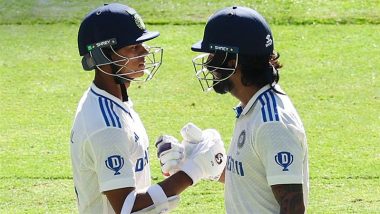Tracking your stats is a great way to identify areas of your game in need of improvement. Getty Images Advanced analytics have made a huge difference for players at the game’s top level. Not only are leaders like U.
S. captain Stacy Lewis using detailed stats and insights to make pairings decisions at events like the Solheim Cup, individual players now have more intel than ever before to use in crafting their personal improvement plans. But what about recreational players? We may not have Shotlink at our disposal during every round, but according to GOLF Top 100 Teacher Justin Parsons, stat tracking can be an important building block for any player’s game-improvement plan, and it all starts with some basic, easy-to-compile categories.
In a video posted to Titleist’s YouTube page , Parsons explained how Shotlink data has enabled him to see where the players on his Tour roster are underperforming, enabling him to create a performance plan geared toward improving those areas. “The more you can delve into your game and the more that you can practice according to your findings, the more your practice can target your scores and your scores can then improve,” Parsons said. Getting started is easy.
You can start tracking your stats using apps like GHIN, or simply do it the old-fashioned way, by taking notes on your scorecard. “At the most entry level, you can begin to keep maybe your fairways, your greens hit,” Parsons said. “You can certainly begin to keep how many sh.
















